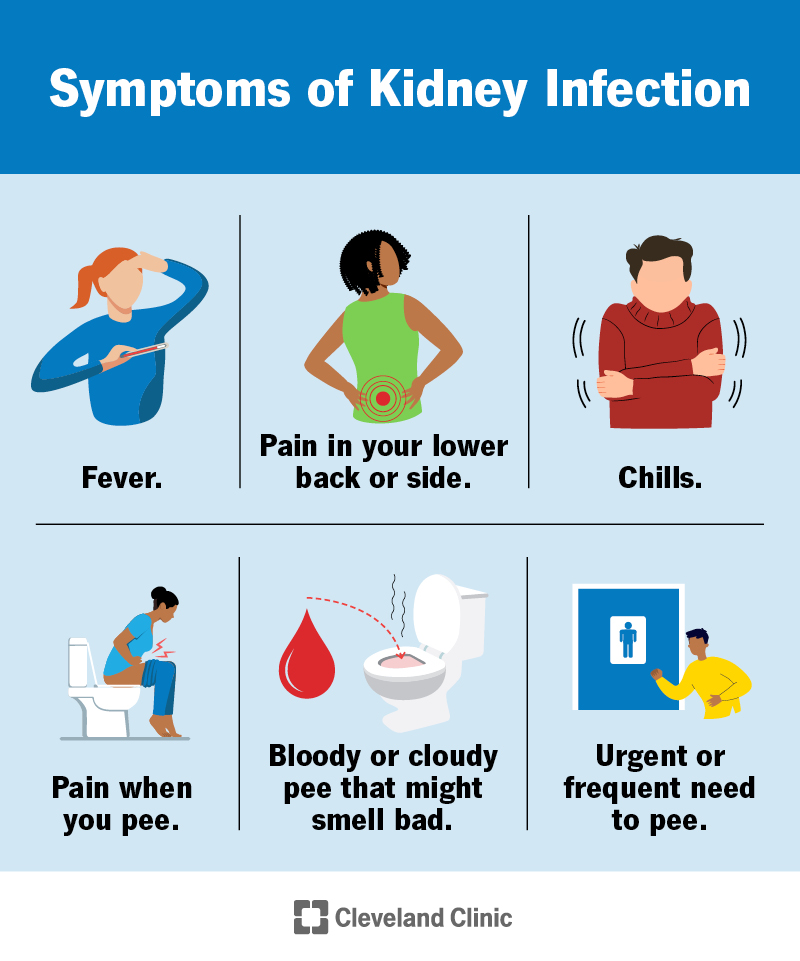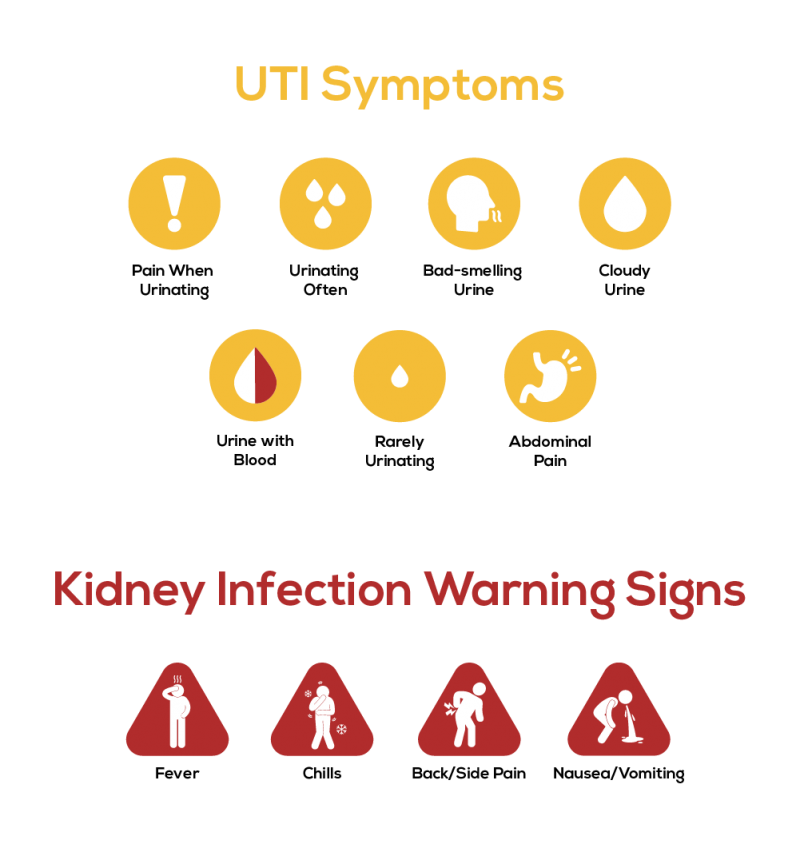Discovering Kidney Stones vs UTI: A Clear Review of Reasons, Symptoms, and Remedies
Discovering Kidney Stones vs UTI: A Clear Review of Reasons, Symptoms, and Remedies
Blog Article
An Extensive Analysis of Treatment Options for Kidney Stones Versus Urinary System Infections: What You Required to Know
While UTIs are generally addressed with anti-biotics that supply rapid alleviation, the approach to kidney stones can vary dramatically based on individual variables such as stone size and make-up. Non-invasive methods like extracorporeal shock wave lithotripsy (ESWL) may be ideal for smaller stones, yet bigger or obstructive stones frequently call for more intrusive techniques.
Recognizing Kidney stones
Kidney stones are hard deposits developed in the kidneys from minerals and salts, and understanding their structure and development is important for reliable management. The primary types of kidney stones consist of calcium oxalate, calcium phosphate, struvite, uric acid, and cystine stones, each with distinct biochemical origins.
The development of kidney stones takes place when the concentration of certain compounds in the pee raises, leading to condensation. This formation can be affected by urinary system pH, volume, and the presence of inhibitors or promoters of stone formation. Low urine volume and high acidity are favorable to uric acid stone advancement.
Comprehending these aspects is important for both avoidance and therapy (Kidney Stones vs UTI). Efficient monitoring approaches might consist of nutritional adjustments, boosted liquid consumption, and, in many cases, pharmacological interventions. By recognizing the underlying reasons and kinds of kidney stones, health care carriers can apply tailored methods to reduce recurrence and improve patient end results
Review of Urinary System Tract Infections
Urinary system tract infections (UTIs) prevail bacterial infections that can affect any component of the urinary system, including the kidneys, ureters, bladder, and urethra. Most of UTIs are caused by Escherichia coli (E. coli), a kind of germs typically found in the intestinal tracts. Females are a lot more vulnerable to UTIs than men as a result of physiological differences, with a shorter urethra promoting much easier bacterial accessibility to the bladder.
Signs of UTIs can vary relying on the infection's place but often consist of frequent peeing, a burning feeling during peeing, cloudy or strong-smelling pee, and pelvic pain. In extra severe instances, particularly when the kidneys are involved, signs may likewise include high temperature, cools, and flank pain.
Danger elements for establishing UTIs include sex-related activity, specific types of birth control, urinary system system abnormalities, and a weakened immune system. Trigger therapy is important to stop difficulties, consisting of kidney damage, and generally includes anti-biotics tailored to the certain microorganisms entailed.
Therapy Options for Kidney stones

If the stones are larger or trigger substantial discomfort, non-invasive procedures such as extracorporeal shock wave lithotripsy (ESWL) may be employed. This strategy uses sound waves to damage the stones into smaller sized pieces that can be extra quickly travelled through the urinary tract.
In instances where stones are as well big for ESWL or if they block the urinary system tract, ureteroscopy may be shown. This minimally intrusive procedure involves using a tiny extent to break or get rid of up the stones directly.

Treatment Options for UTIs
How can healthcare service providers effectively address urinary system tract infections (UTIs)? The primary strategy includes a comprehensive assessment of the patient's signs and symptoms and case history, adhered to by proper diagnostic screening, such as urinalysis and urine society. These tests help recognize the original pathogens and establish their antibiotic vulnerability, guiding targeted treatment.
First-line treatment commonly includes prescription antibiotics, with options visite site such as go to my blog nitrofurantoin or trimethoprim-sulfamethoxazole, depending on neighborhood resistance patterns. For uncomplicated instances, a brief course of antibiotics (3-7 days) is often enough. In recurring UTIs, companies might consider alternate methods or preventative prescription antibiotics, consisting of way of life adjustments to decrease danger aspects.
For patients with complex UTIs or those with underlying health and wellness problems, more hostile therapy may be needed, potentially involving intravenous prescription antibiotics and more diagnostic imaging to evaluate for issues. Furthermore, individual education and learning on hydration, hygiene practices, and sign administration plays a crucial role in prevention and reoccurrence.
Comparing Results and Efficiency
Reviewing the results and effectiveness of therapy options for urinary system system infections (UTIs) is vital for optimizing person care. The key therapy for uncomplicated UTIs normally includes antibiotic treatment, with choices such as fosfomycin, nitrofurantoin, and trimethoprim-sulfamethoxazole.
In comparison, therapy results for kidney stones vary substantially based upon stone dimension, composition, and place. Choices range from conservative administration, such as hydration and discomfort control, to interventional treatments like extracorporeal shock wave lithotripsy (ESWL) and ureteroscopy. While ESWL has a high success rate for smaller stones, difficulties can arise, requiring more interventions.
Inevitably, the efficiency of therapies for both conditions depends upon precise diagnosis and tailored approaches. While UTIs generally react well to antibiotics, kidney stone administration may need a diverse strategy. Continuous assessment of therapy results is crucial to enhance person experiences and reduce reoccurrence rates for both UTIs and kidney stones.
Conclusion
In summary, treatment methods for kidney stones and urinary tract infections differ substantially as a result of the distinctive nature of each problem. UTIs are primarily addressed with antibiotics, offering prompt alleviation, while kidney stones demand customized treatments based upon dimension and structure. Non-invasive techniques such as extracorporeal shock wave lithotripsy appropriate for smaller stones, whereas bigger or obstructive stones may require ureteroscopy. Recognizing these differences enhances the capacity to give optimum individual care in managing these urological conditions.
While UTIs are normally attended to with antibiotics that give rapid alleviation, the method to kidney stones can vary dramatically based on specific factors such as stone dimension and structure. Non-invasive approaches like extracorporeal shock wave lithotripsy (ESWL) may be appropriate for smaller sized stones, yet bigger or obstructive stones usually need even more intrusive techniques. The key kinds of kidney stones include calcium oxalate, calcium phosphate, struvite, uric acid, and cystine stones, each with distinctive biochemical origins.In comparison, therapy end results for kidney stones vary substantially based on stone make-up, area, and dimension. Non-invasive approaches such as extracorporeal shock wave lithotripsy are appropriate for smaller sized stones, whereas bigger or obstructive stones might require ureteroscopy.
Report this page